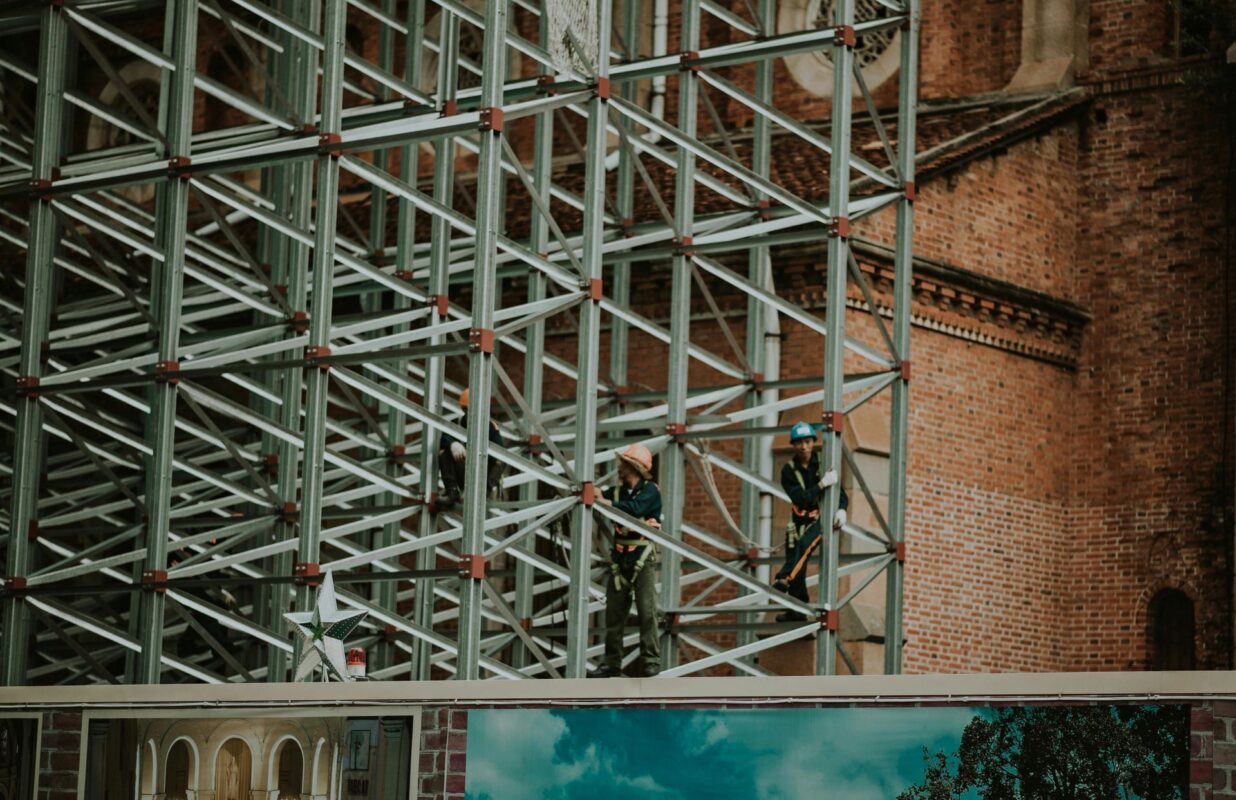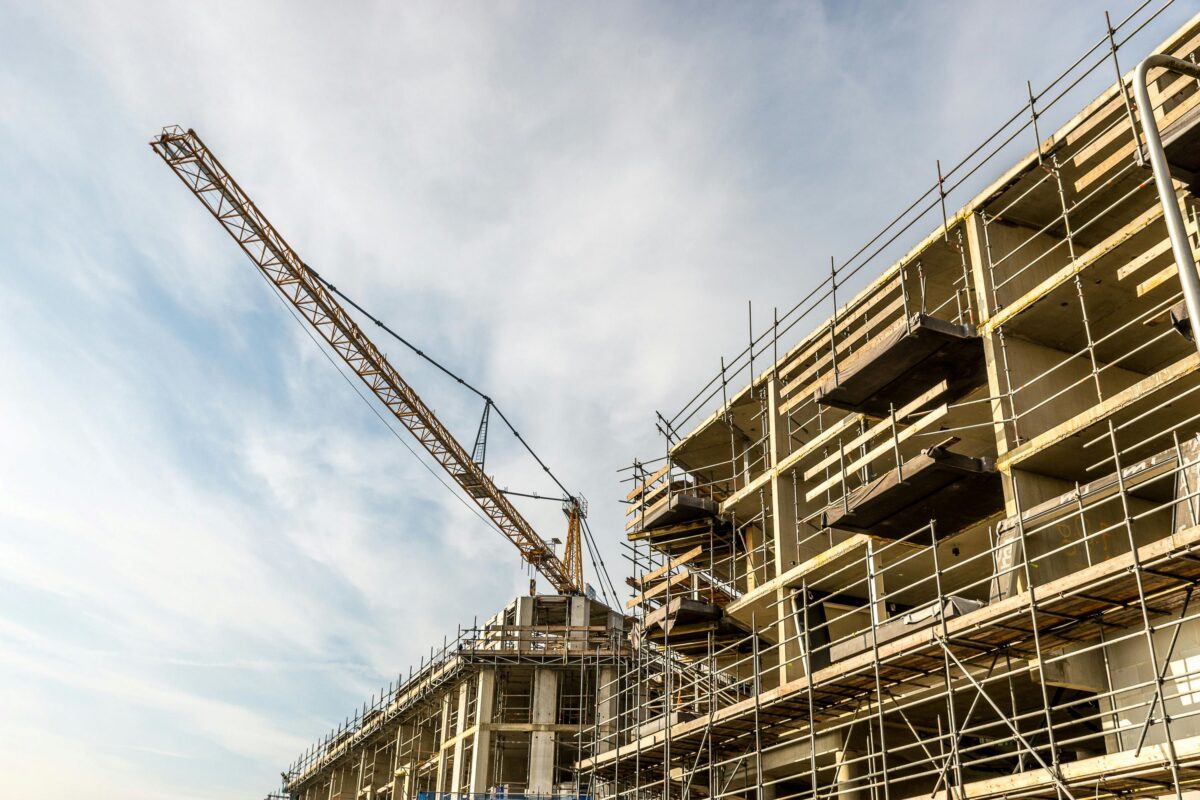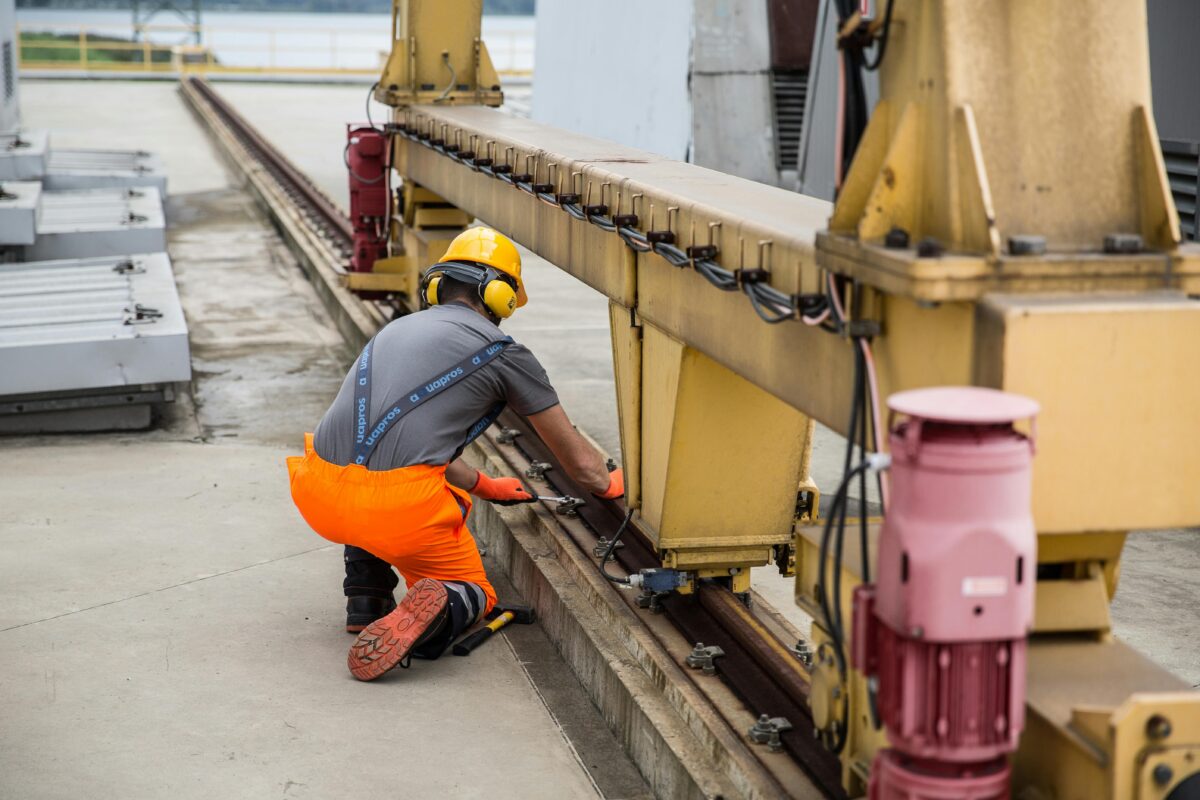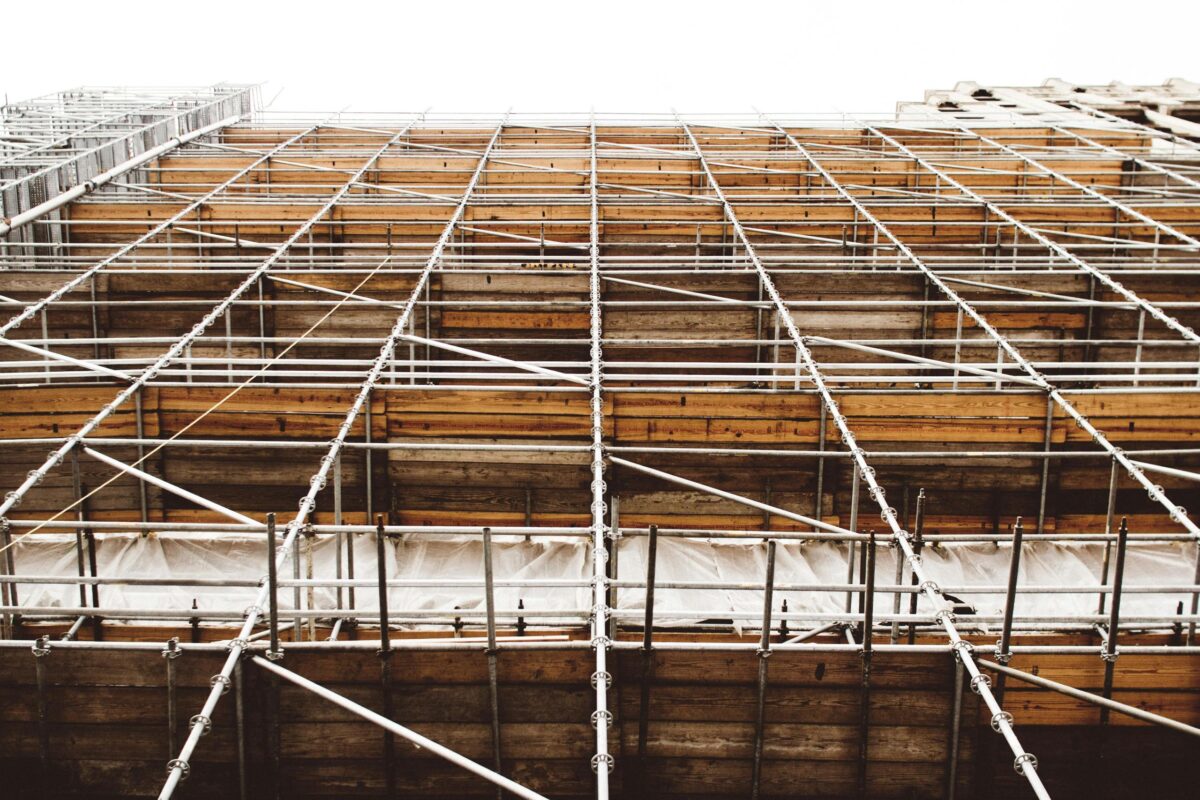In construction, anchoring systems play a critical role in ensuring the stability and safety of structures. Mechanical expansion anchors are one of the most popular choices for securely fastening heavy loads to solid materials like concrete, brick, and stone. This guide will explore how mechanical expansion anchors work, the different types available, and their applications […]
Author Archives: user
Choosing the right anchor system for your construction project is crucial for ensuring stability, safety, and long-term performance. When deciding between chemical anchors and mechanical anchors, several factors must be considered, such as load requirements, environmental conditions, and the nature of the substrate. In this guide, we’ll compare chemical anchors and mechanical anchors to help […]
Chemical anchoring has become a critical method in modern construction, offering flexibility, strength, and reliability in securing structural elements to concrete and masonry. This technique uses resins like epoxy, polyester, or vinyl ester to create a strong chemical bond between the anchor and the substrate, ensuring maximum load-bearing capacity and stability. In this article, we’ll […]
Choosing the Right Anchor for High-Stress Applications In construction, high-stress applications involve significant loads and forces that can put tremendous strain on both the anchor and the structure. Whether you’re working on industrial buildings, bridges, seismic installations, or heavy machinery, choosing the right anchor for high-stress applications is crucial for ensuring the safety and longevity […]
In regions where earthquakes are a significant threat, construction projects require specialized materials and systems designed to withstand seismic forces. Epoxy anchors play a crucial role in providing reliable, high-strength connections in seismic zones. These anchors bond securely with concrete and masonry, ensuring structural stability even when the ground shifts during an earthquake. In this […]
Choosing the right anchor for a construction project involves more than just load capacity and installation methods. Environmental factors play a crucial role in determining the effectiveness, durability, and safety of the anchor system. Whether the structure will be exposed to moisture, chemicals, temperature extremes, or seismic activity, these environmental conditions must be considered to […]
In modern construction, epoxy structural bolts have emerged as a highly effective solution for securing heavy loads to concrete and masonry. These bolts rely on a powerful adhesive—epoxy resin—that bonds the bolt to the substrate, offering unparalleled strength and durability. Whether it’s a large-scale infrastructure project or industrial machinery installation, epoxy structural bolts provide reliable […]
Chemical bolts are a go-to solution for securing heavy-duty anchors into concrete, especially in high-load, seismic, or corrosive environments. These bolts use a two-part adhesive to bond securely into drilled holes, providing superior load distribution and long-lasting stability. However, proper installation is crucial to ensure maximum performance and safety. In this guide, we’ll walk you […]
Introduction to Chemical Anchoring: How Does It Work? When it comes to secure fastening solutions in construction, one of the most reliable methods is chemical anchoring. Unlike traditional mechanical anchors, chemical anchors use adhesives or bonding agents to secure threaded rods, bolts, or rebar into concrete or masonry. This method is especially favored in projects […]









